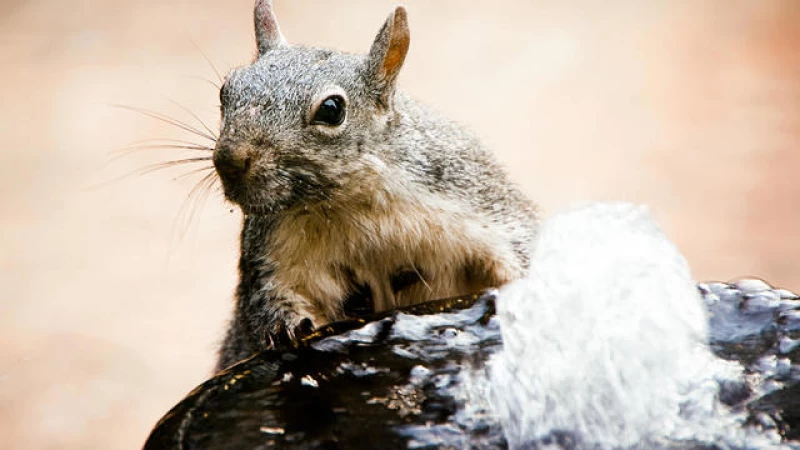Endangered Species List in Washington State Grows with Addition of Western Gray Squirrel
Climate change and land development have added another animal population to the endangered species list in Washington state. The state's Fish and Wildlife Commission said Friday that a more than decade-long plan to recover the threatened western gray squirrel species has failed, and that the dwindling population is now "seriously threatened with extinction."
The reclassification of the squirrels' status comes after months of reviewing information about the species. In October, the Department of Fish and Wildlife warned that the species would likely soon become endangered "without cooperative management or removal of threats," Taylor Cotten, conservation assessment section manager at the department, said during Friday's commission meeting.
"We are recommending reclassification as endangered wildlife, which is 'seriously threatened with extinction throughout all or a significant portion of its range within the state,'" he said.
Source: [SOURCE]
Since 1993, Western gray squirrels have been classified as a threatened species. In an attempt to increase their population numbers, a recovery plan was implemented in 2007. However, despite these efforts, the squirrels' main habitat in the Cascades has decreased by over 20% since they were labeled as threatened. Currently, there are only three isolated populations of these animals throughout the state, and their "squirrel occupancy" seems to be low and fragmented.
In 2001, there was a proposal to include the squirrels on the federal endangered species list. However, the government determined in 2004 that such a designation was not necessary. According to Cotten, the conservation efforts made as part of the recovery plan, which is over a decade old, have been insufficient.
One of the main reasons for the significant decline in population is believed to be climate change. Cotten stated that the frequency and severity of wildfires are increasing due to climate change. Additionally, the time it takes to rotate harvests in the South Cascades, which is between 35 and 45 years, is likely limiting the availability of suitable structures for the squirrels.
In 2022, Washington experienced over 660 wildfires. For more information, you can visit this link.
Climate Change Impact on Western Gray Squirrels
Essentially, it was a year of extremes — a situation that is expected to worsen as rising global temperatures fuel severe weather events and conditions ranging from droughts to heavy precipitation.
According to the Fish and Wildlife Department website, western gray squirrels are also sensitive to diseases that "could become more frequent with warmer temperatures."
And this species is just the latest to feel the impact of climate change. A report last year published by the World Wildlife Fund for Nature found that out of nearly 32,000 animal populations worldwide, there was an average decline of 69% since 1970.







